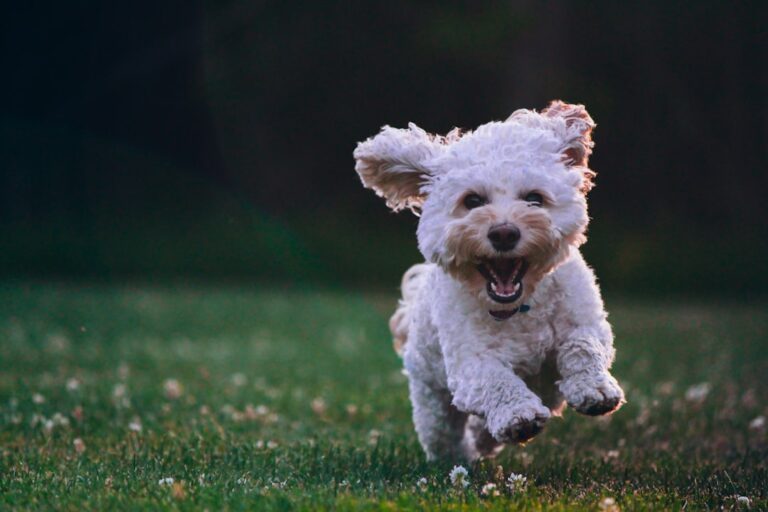Reading Dog Body Language During Animal Interactions
Dogs may not speak our language, but they’re constantly communicating with us—and other animals—through body language. When introducing your dog to other pets, reading their signals accurately can be the difference between a smooth transition and a dangerous encounter.
Understanding your dog’s posture, facial expressions, tail movements, and vocalizations helps you respond appropriately and prevent conflict before it starts.
Here’s a guide to decoding your dog’s body language during interactions with other animals.

Why Dog Body Language Matters
Dogs use non-verbal cues to express emotions like fear, excitement, anxiety, or aggression. During introductions or interactions with other animals, these cues provide insight into how your dog is feeling—even before they act out.
By learning to read these signals, you can:
- Intervene before a situation escalates
- Create positive associations with other animals
- Recognize stress or discomfort early
- Build a safer environment for all your pets
Key Body Language Signals to Watch
1. Tail Position and Movement
- Relaxed wagging (mid-level or low): Friendly and curious
- High, stiff tail: Alert or dominant, potentially confrontational
- Tucked tail: Fear or submission
- Fast, tight wagging (especially with stiff body): High arousal, possibly anxiety or tension
Note: Not all tail wagging is friendly. Look at the full context.
2. Ears
- Erect and forward: Alert, focused, possibly intense interest
- Relaxed or slightly back: Calm and friendly
- Pinned tightly back: Fearful or submissive
- Twitching or swiveling: Uncertainty or overstimulation
Ear posture varies by breed but still provides useful emotional cues.
3. Eyes
- Soft, blinking eyes: Calm and relaxed
- Wide eyes showing whites (whale eye): Fear, discomfort, or unease
- Staring or fixed gaze: Threat or dominance
- Avoiding eye contact: Submission or nervousness
Eye contact between animals can be a form of challenge or intimidation.
4. Mouth and Facial Expressions
- Relaxed mouth, tongue out, gentle panting: Content or neutral
- Closed mouth, tight lips: Alert or tense
- Lip licking or yawning: Stress signals or calming gestures
- Growling, snarling, baring teeth: Aggression or warning to back off
Watch for subtle signs of stress that may build up over time.

5. Body Posture
- Loose, wiggly body: Playful and non-threatening
- Stiff, upright posture: Tension or challenge
- Lowered body, crouching: Fear or submission
- Play bow (front down, rear up): Invitation to play
Sudden shifts in posture can signal an emotional change—either positive or negative.
6. Vocalizations
- Whining: Anxiety, frustration, or appeasement
- Growling: Warning sign—pay attention to context
- Barking: Can signal excitement, alertness, fear, or a demand
- Snarling or snapping: Immediate need to stop the interaction
Sound alone isn’t enough to judge intent—combine it with visual signals.
Red Flags That Signal Trouble
During interactions with other animals, be especially cautious if you observe:
- Intense staring or fixated attention
- Rigid body and high tail
- Deep growling or low snarling
- Sudden lunging or charging
- Stalking or freezing behavior
- Repeated attempts to mount or dominate
If any of these signs occur, calmly remove your dog from the situation and give them space to settle.
Positive Signs to Encourage
Look for these behaviors during introductions:
- Sniffing with relaxed posture
- Gentle wagging and play bows
- Taking breaks during play
- Parallel movement or walking calmly near each other
- Turning away to de-escalate tension
Reward these moments with calm praise or treats to reinforce good behavior.
Tips for Reading Signals in Real Time
- Observe both animals: Watch the body language of all pets involved.
- Stay calm: Your dog picks up on your tone and energy.
- Use short, supervised sessions: This allows for easier observation and control.
- Record a video: Sometimes it’s easier to analyze interactions after the fact.
If you’re unsure what a behavior means, consult a certified dog trainer or animal behaviorist.
Ready to unleash your dog’s potential? Visit Off Leash K9 Training of Hampton Roads to explore our expert training programs that promise exceptional obedience and a strong bond with your canine companion. Whether you’re in the Hampton Roads area or NE North Carolina, our proven system will help your dog excel off-leash. Contact us today at (757) 296-8366 to start your journey towards a more obedient and joyful relationship with your dog







